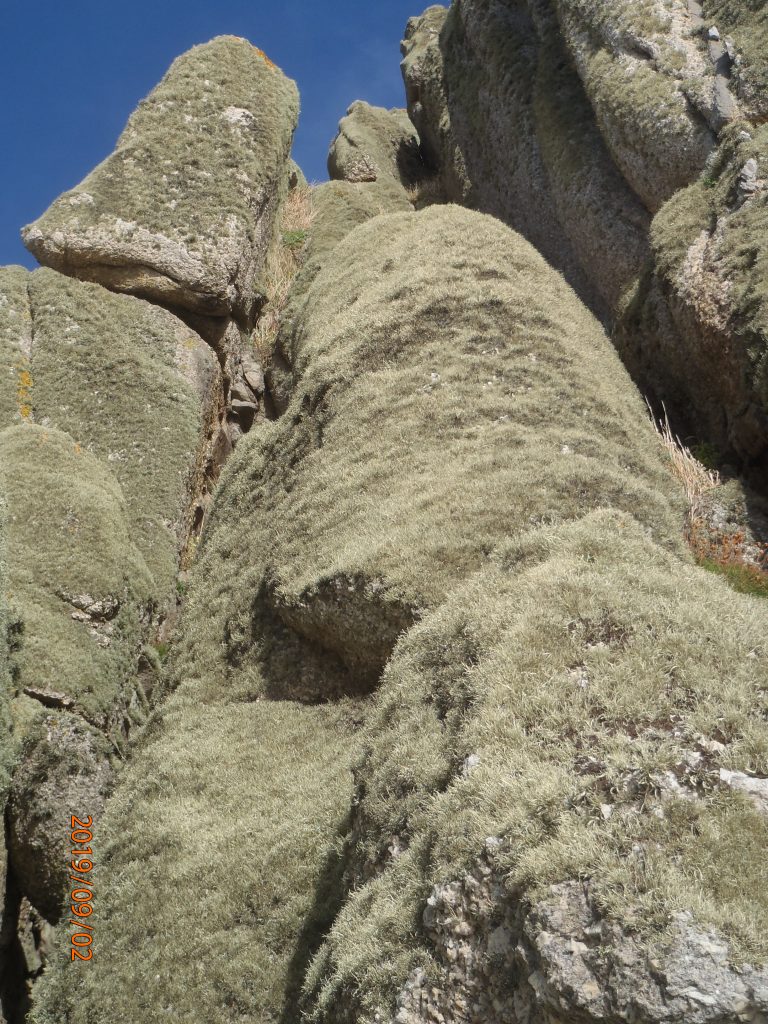I will be sending out info regarding Craven M.C. Multi-day meets (Including Huts) in the near future but an opportunity has arisen to join a trip to the Cairngorm area organised by the Yorkshire Mountaineering Club.
The YMC have asked if any of Craven M.C. members would like to book places on their meet staying at Mill Cottage in Glen Feshie. As we have not taken part in an arrangement like this before please note that the invitation is for Craven M.C. members but does not include guests or prospective members. Below is an abstract from the meet description on their web site. If you have any questions about the arrangement with YMC give me a ring.
I can personally recommend the hut and the area. The hut is located such that it is quick to drive to both the Cairngorm Ski area and to Creag Meagaidh. The YMC members booked are hoping to have 3 or 4 days of winter mountaineering with some winter climbing. I am hoping to be able to take up one of the offered places but am not yet able to make the commitment to going.
“YORKSHIRE MOUNTAINEERING CLUB Scottish Winter Meet
Mountaineering Scotland Hut – Mill Cottage. Feshiebridge. Nr Aviemore
Friday 17th February – Monday 20th February 2023 (4 Nights)
Bookings Now Being Taken
The YMC have reserved 10 spaces in the Mill Cottage hut (https://www.mountaineering.scot/clubs/huts/national-huts/mill-cottage) for the nights Friday 17th February 2023 – Monday 20th February 2023 inclusive.
The hut is on the western side of the Cairngorm National Park, with opportunities for walking and / or climbing.
The Meet is informal, with members making their own arrangements over activities, groupings etc either in advance or when there. Similarly, members should make their own arrangements for car-sharing.
Hut Information:
Location.
0.25 miles to North West of Feshiebridge, off the B970. Follow old A9 to Kincraig, between Kingussie and Aviemore, take the side road in Kincraig (turn east), over bridge and past the Loch Insh Watersports Centre. Left at T-junction, and left into Forestry Commission car park, taking left fork onto unpaved track above the car park. Turn down right fork after passing below pylon line. Approx 300 yards from public road.
Note that SATNAV is innaccurate on the approach to Mill Cottage and is likely to lead up a dead-end estate road.
OS Sheet 35; 1: 50,000, Kingussie; Grid Reference NH 847 047 – Post Code PH21 1NF.
Accommodation.
14 persons – 2 rooms with 4 bunks each, 1 room with alpine platform for 6. Mattresses provided. Grassland and birchwood area for camping.
Please note: The downstairs bedroom has a shared sleeping platform. Persons under 18 years of age, or vulnerable adults, can use the hut only if accompanied by a parent or responsible adult. Any such parties, who have not got a full exclusive booking, may find other persons using the hut.
Facilities.
Full cooking and dining facilities, all electric. Shower, toilets, drying room, multi-fuel stove in lounge, firewood and coal (kindling not provided). No meter charges. General Supplies: Pots, pans, crockery, utensils, cookers, dustbin bags, toilet rolls, light bulbs etc.
Parking: Large open area in front of cottage.
Restrictions: With the exception of assistance dogs, no dogs or other pets are allowed within the building. No cutting of live trees or branchwood. Stay within site boundaries.
Bookings:
Bookings are now being taken and places are still available. Further information can be obtained from the Meet Coordinator Andrew Drury”
CMC Members can book with Andrew via email or phone. See Whatsapp or contact me for contact details
Payment for bookings made with Andrew can be paid by bank transfer to Yorkshire Mountaineering Club. Cost £15 p.p.n preferably for all 4 nights.
Best wishes to all.
Dick






